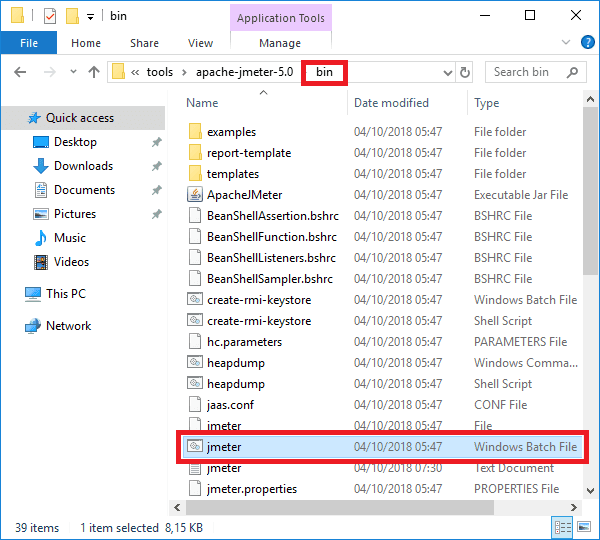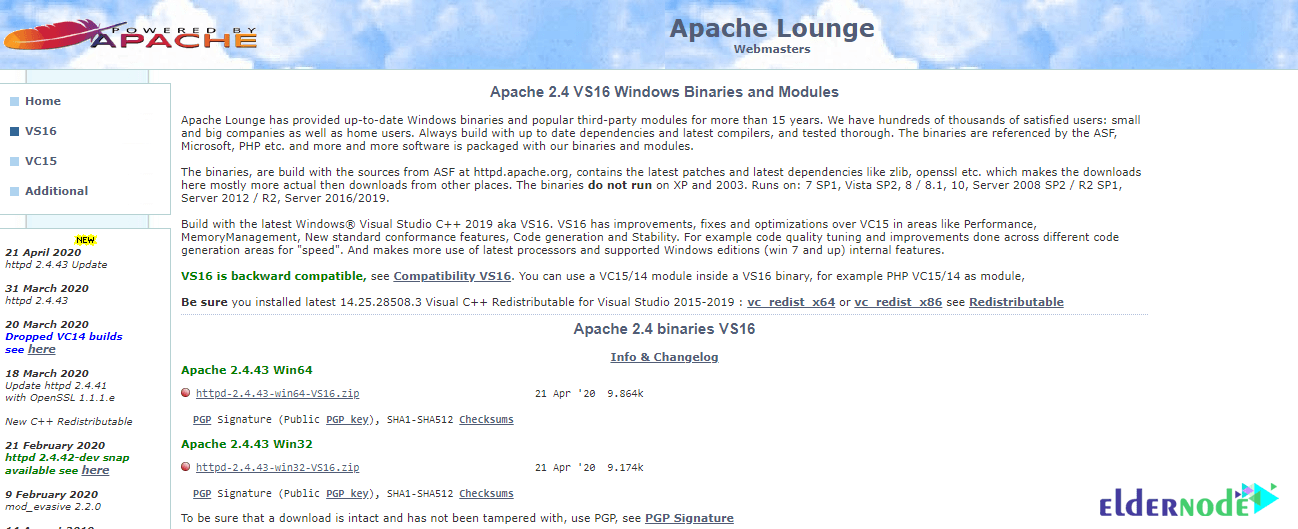
See below for an explanation of the differences. If you don’t want to put such jars in the lib directory, then define the property user.classpath or plugin_dependency_paths in j meter properties. Utility and dependency jars (libraries etc) can be placed in the lib directory.

If you don’t want to put J Meter plugin jars in the lib/ext directory, then define the property search_paths in jmeter.properties. J Meter will automatically find J Meter components in any jars found here.ĭo not use lib/ext for utility jars or dependency jars used by the plugins it is only intended for J Meter components and plugins. If you have developed new J Meter components, then you should jar them and copy the jar into
-for-windows-01.jpg)
sh – very basic J Meter script with no JVM options specified.j meter-server – start J Meter in server mode (calls jmeter script with appropriate parameters).Defines some JVM settings which may not work for all JVMs. j meter – run J Meter (in GUI mode by default).Un*x script files should work on most Linux/Unix systems: Set JVM_ARGS=”-Xms1024m -Xmx1024m -Dpropname=propvalue” The environment variable JVM_ARGS can be used to override JVM settings in the jmeter.bat script. Note: the special name LAST can be used with jmeter-n.cmd, jmeter-t.cmd and jmeter-n-r.cmd and means the last test plan that was run interactively. stoptest.cmd – Run the Shutdown client to stop a non-GUI instance abruptly.shutdown.cmd – Run the Shutdown client to stop a non-GUI instance gracefully.mirror-server.cmd – runs the JMeter Mirror Server in non-GUI mode.j meter-server.bat – start JMeter in server mode.j meter-t.cmd – drop a JMX file on this to load it in GUI mode.j meter-n-r.cmd – drop a JMX file on this to run a non-GUI test remotely.j meter-n.cmd – drop a JMX file on this to run a non-GUI test.j meter.bat – run JMeter (in GUI mode by default).


There are some additional scripts in the bin directory that you may find useful. After a short time, the J Meter GUI should appear. These files are found in the bin directory. To run J Meter, run the j meter.bat (for Windows) or j meter (for Unix) file. apache-j meter-X.Y) if you want, but do not change any of the sub-directory names Installing and Running JMeter- Running J Meter You can rename the parent directory (i.e. Installing and Running JMeter- The installation directory structure should look something like this (where X.Y is version number): Note: there can be problems (especially with client-server mode) if the directory path contains any spaces. Provided that you have a JRE/JDK correctly installed and the JAVA_HOME environment variable set, there is nothing more for you to do.
#APACHE JMETER WINDOWS INSTALL INSTALL#
To install a release build, simply unzip the zip/tar file into the directory where you want J Meter to be installed. Installing and Running JMeter- Installation- We recommend that most users run the latest release.


 0 kommentar(er)
0 kommentar(er)
